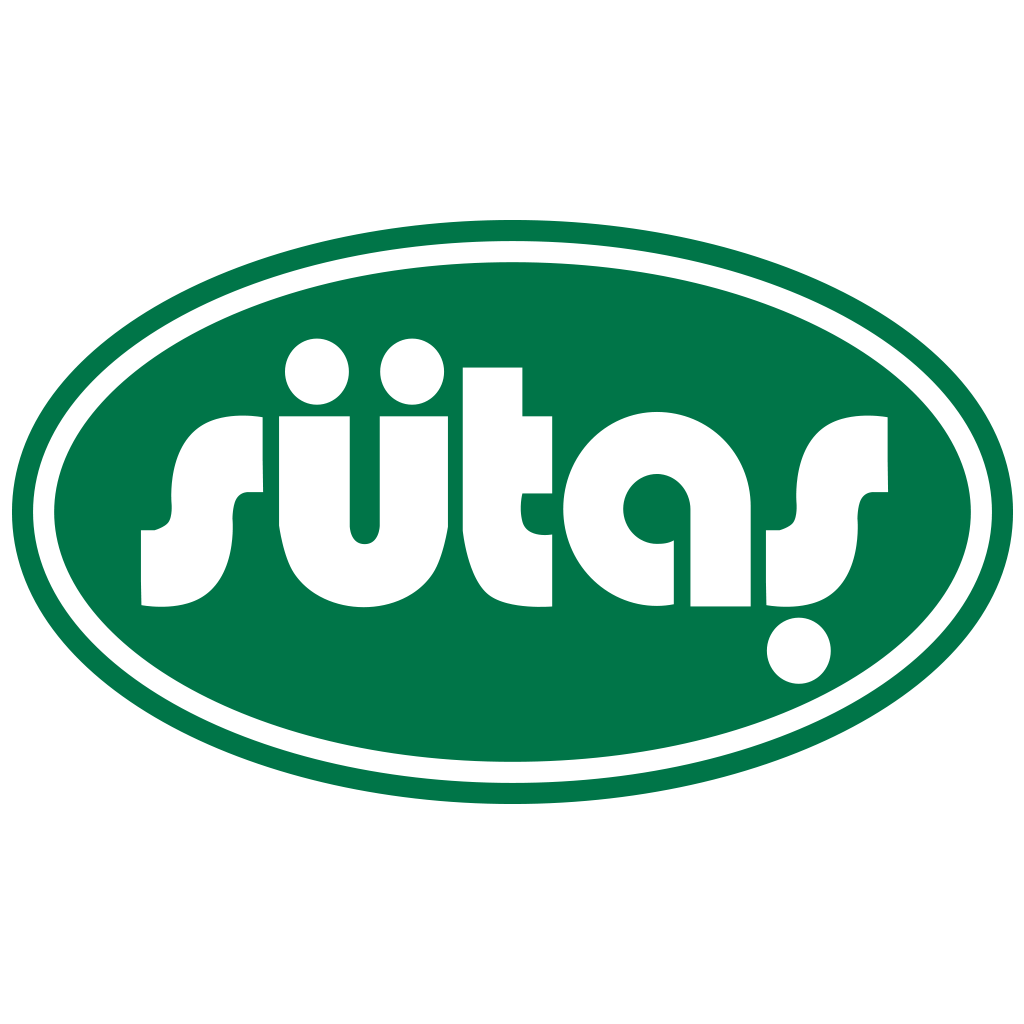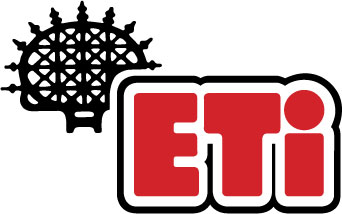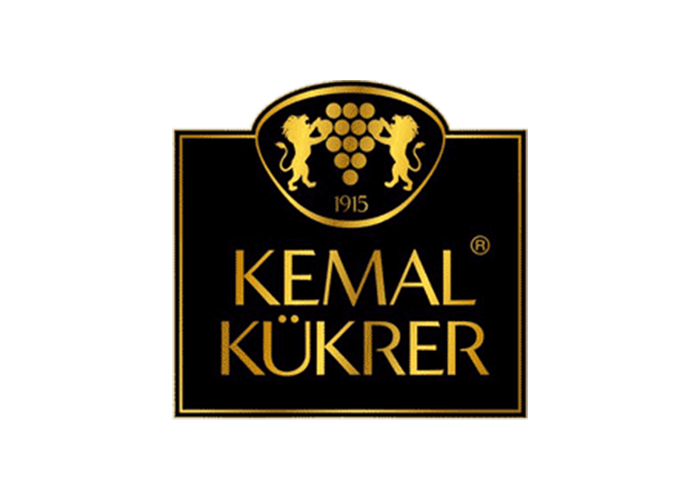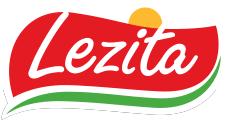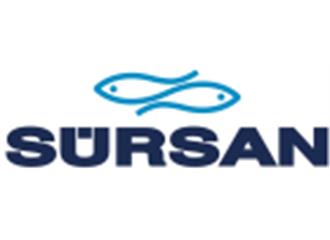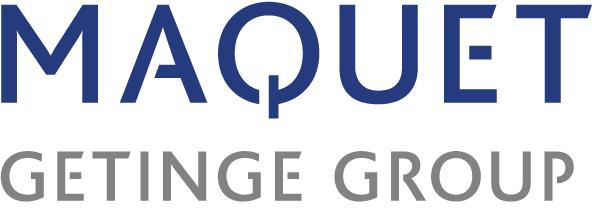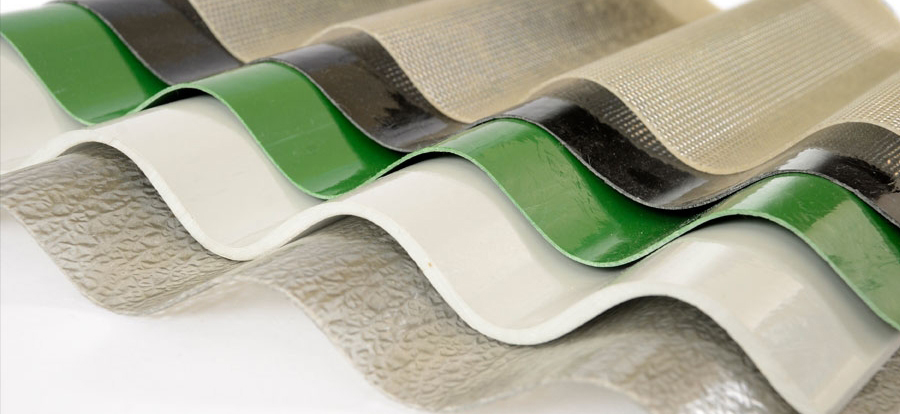
FRP/GRP sheet is obtained by combining high mechanical strength glassfiber with polyester. The glass fiber that is incorporated into the product provides resistance to ambient conditions, is a lightweight and flexible component and FRP/GRP sheets provide hygienic surfaces that do not produce mold, fungus, bacteria, do not let pass gas and vapor, and provide high performance for impermeability with chemical resistance.
Panels have many advantages of FRP/GRP sheets like resistance to mechanical and chemical effects and providing impermeability etc.. With the properties of core materials to the panels it becomes the most optimum solution in industry and service places by taking features such as large-scale production, being lightweight, easy and quick to assemble.
Particularly in food production and medical facilities finishing materials are tested every day with aggressive methods of cleaning and maintenance. After a short period of usage acid, moisture, salt, blood, starch, chemical outputs of different properties can result in corrosion of the finishing materials and hygiene is compromised. FRP/GRP panels are resistant to all these methods and decrease the maintenance costs seriously.
If you have open production in your business, if various chemicals, gases are formed as result of production, if your old materials endanger your hygienic production, if you want to make renovations in compliance with today’s hygiene conditions in a short period of time while the production is continiuing and if you want to reduce maintenance costs then FRP/GRP panels will be your favored choice.
Thanks to its high chemical resistance;
- Food and beverage industry
- Dairy production industry
- Slaughterhouses, meat plants
- Fattening facilities, incubators and fish farms
Lack of water-vapor absorption due to non-porous structure ;
- In service areas, wet areas and washing facilities
- Cold storages
- Pharmaceutical industry and warehouses
Hygienic qualities;
- In operating rooms, intensive care units
- In all general areas of the hospital, health center, clinic and health facilities
- In food production facilities
Thanks to its high mechanical strength, its non-scratchability and easy to clean;
- In commercial kitchens and supermarkets
- In the areas of intensive use in public or commercial buildings such as schools, dormitories
Electric current impermeability;
- In server and computer rooms
Ceramic tiles are the most traditional finishing material in the industry. Because of the production sizes ceramic tiles form longer joints. The resulting joints are hygienically problematic and increase the risk of contemination. In addition tiles manifest a weak structure against impacts and will require more repairs. Repairing tiles in terms of labor, cost and time is harder compared to FRP/GRP. Ceramic has a porous structure, so it absorbs all sorts of like odor, gas, stain. Since the sealant joint of FRP/GRP panels serves as both an insulator and joint filler, it tolerates washing with heavy abrasive chemicals and the joints retain their sealing properties even after years.
Painted surfaces can be affected by-products of manufacturing like chemical gases, steam, acid and can be spilled easily observed in many renovation cases. The initial investment cost is lower tha FRP/GRP panels but paint requires renovation and / or sanding every 6 to 12 months.
Metal sandwich panels have a thin film layer and as by-products of manufacturing like chemical gases, steam, acid surface can wear out quickly. The joints of the panels are silicone so the joints can rust faster than the panel surface. When metal panels take a slight impact, film layer on the surface can be damaged. Once rusting begins, it cannot be prevented from continuing. Metal panels are heavy so the repair time and workmanship required for replacing will be way higher than FRP/GRP panels.


